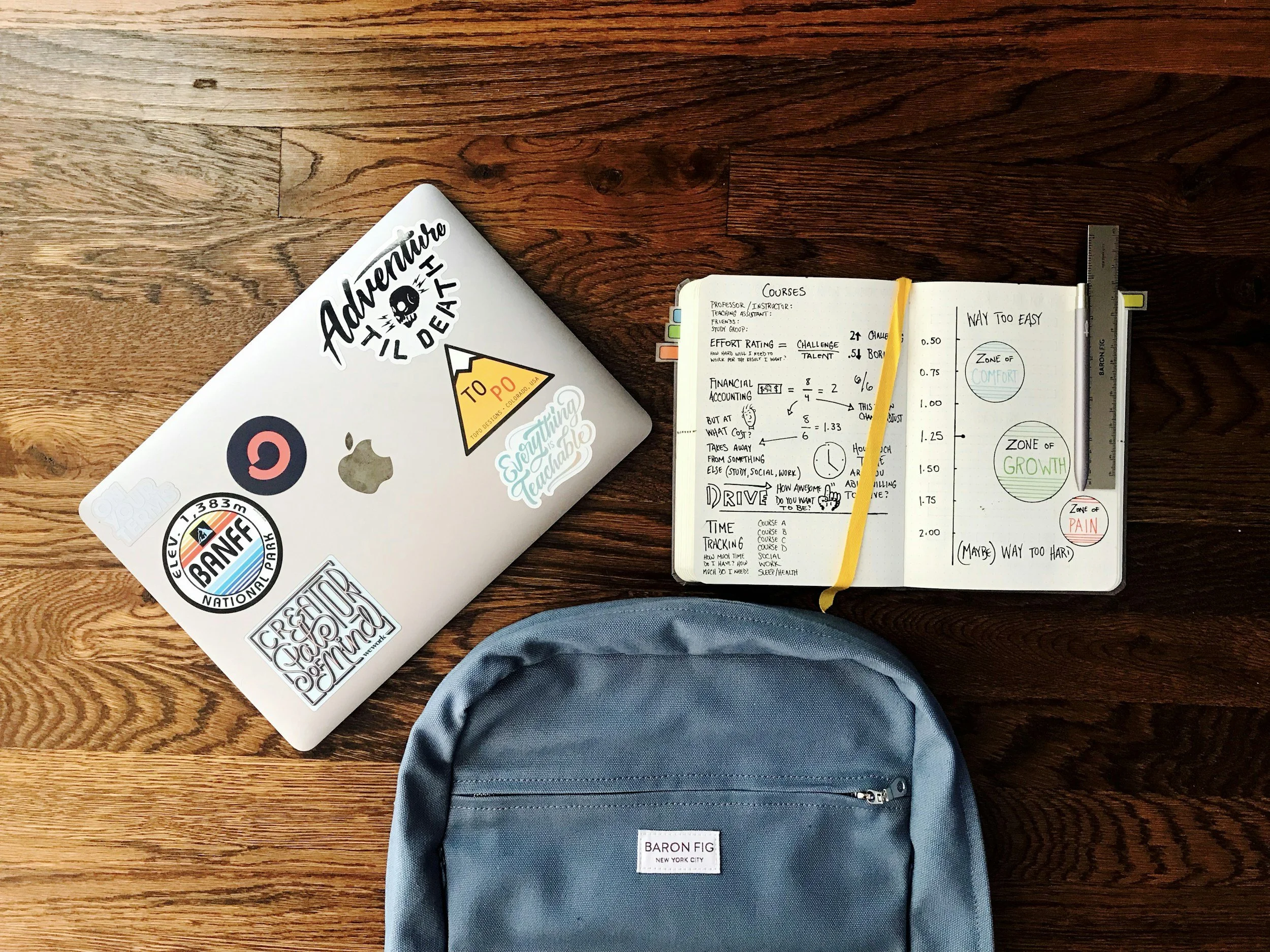Coping with Back-to-School Anxiety — For Traditional and Homeschooling Families
As August winds down, the back-to-school season brings a mix of emotions: excitement, nervousness, overwhelm, and for many—anxiety. Whether your family is returning to public or private school, or you're setting up a homeschool schedule, this transitional time can stir up real mental health challenges.
Why Late Summer Triggers Anxiety
Change is one of the most common anxiety triggers. The shift from relaxed summer routines to structured learning schedules—no matter the format—can feel jarring. Other people wrestle with seasonal depression, and simply the knowledge of gearing up for winter can create feelings of anxiety.
For traditionally schooled students, worries may include academic pressure, fitting in, or navigating a new environment. For homeschoolers, stress might stem from perfectionism, fear of "falling behind," or the pressure parents may feel to do it all.
Parents, whether sending kids off to school or facilitating learning at home, may experience emotional fatigue, overwhelm, or guilt—especially if their child is struggling.
Signs of Back-to-School Anxiety
In both kids and adults, anxiety can show up in subtle ways. Keep your eyes peeled for the following:
Trouble sleeping
Irritability or emotional outbursts
Physical symptoms like headaches or stomachaches
Procrastination or avoidance (of assignments, routines, or planning)
In homeschool families, anxiety may also look like:
Resistance to starting the school day
Parents doubting their ability to teach effectively
Feeling isolated or unsure of what’s “normal”
Helpful Coping Strategies
1. Establish a Predictable Routine
Whether you follow a school bell or set your own pace at home, creating predictable daily rhythms can reduce anxiety for everyone. Kids and adults alike benefit from knowing what’s coming next.
2. Talk About Feelings
Validate feelings of nervousness or dread—without rushing to fix them. Just naming emotions and acknowledging that back-to-school anxiety is common can help lessen its power.
3. Start Small
Especially for homeschoolers, the beauty of flexibility can also help with easing in. Start with lighter subjects or shorter days during the first week, then build up gradually.
4. Connect with Community
Isolation can intensify anxiety. Homeschooling parents: look for local or online co-ops, parent groups, or field trip meetups. Traditional school families: try connecting with other parents or support networks.
5. Know When to Get Support
Whether your child is melting down or you’re experiencing burnout, professional support is always a valid option. A therapist can help both children and parents build healthy coping tools.
You’re Not Alone — Support Is Available
At True North Vitality, we support families in all types of learning journeys. Whether you're dealing with back-to-school jitters, parental overwhelm, or something deeper, help is available.
The transition into the school year doesn’t have to be perfect—it just has to be intentional. Whether you're managing carpool logistics or printing homeschool lesson plans, give yourself grace! You’re doing important work, and your emotional wellness matters just as much as your child’s.

